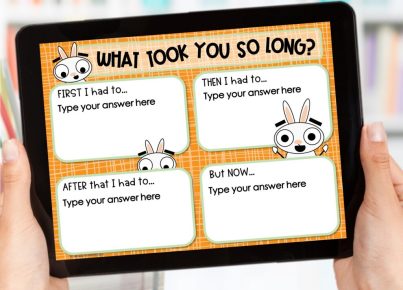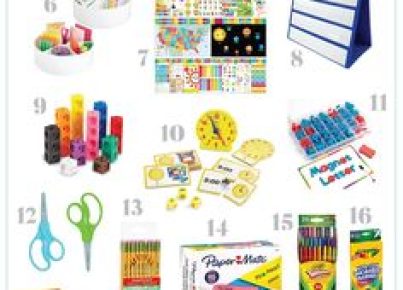Introduction:
In recent years, the internet has become a valuable resource for educators seeking new ways to engage and instruct their students. One of the most popular online tools for teaching is YouTube, which offers countless educational videos across various subjects. However, the platform isn’t without its drawbacks, particularly when it comes to ad content and other distractions. As a result, numerous free alternatives have emerged to provide teachers with high-quality, ad-free educational videos for classroom use. This article will discuss some of these alternatives and their benefits.
Why Seek YouTube Alternatives?
While YouTube can be an excellent teaching resource, it also comes with certain limitations that hinder its efficacy as a full-fledged educational tool. Pre-roll ads can create unwanted interruptions during lessons, while suggested videos often distract students from the primary content. Moreover, navigating through the vast array of non-educational content can be challenging and potentially expose students to inappropriate material.
Free Alternatives to YouTube for Educational Videos:
1. PBS LearningMedia
PBS LearningMedia provides teachers and students access to thousands of free classroom-ready videos, images, games, lesson plans, and interactive resources. The content spans various subjects and is produced by reputable sources like National Geographic and NASA.
2. TED-Ed
As an offshoot of the TED Talks organization, TED-Ed curates high-quality educational videos featuring expert speakers on various topics. They present information in engaging ways tailored for educating audiences through concise animated shorts.
3. TeacherTube
Specifically designed for teachers and education-focused audiences, TeacherTube offers user-generated content created by educators themselves. This resource includes tutorial videos, lesson plans, and even user-submitted lectures on different subjects.
4. Smithsonian Channel and National Geographic
Both Smithsonian Channel and National Geographic offer a large selection of their video content freely on their official websites or through dedicated apps. These resources cover topics such as history, science, nature, and culture, providing an inside look into reputable research institutions.
5. BrainPOP
While BrainPOP offers a subscription with premium features and resources, they also have a selection of free educational videos geared towards young students. Their content is designed to engage children through fun and interactive learning experiences.
6. Vimeo
Though not explicitly geared towards education, Vimeo – known for its high-quality content – is home to numerous instructional and educational videos created by professional institutions, organizations, and filmmakers.
Conclusion:
The internet has revolutionized the way we teach and learn, providing a vast range of tools and resources that foster engaging and effective learning experiences. Free educational video platforms offer a valuable alternative to YouTube’s ad-laden content while still harnessing the potential of multimedia learning experiences. By exploring these options, teachers can bolster their lesson plans with high-quality videos tailored for education without disruptions or distractions.




